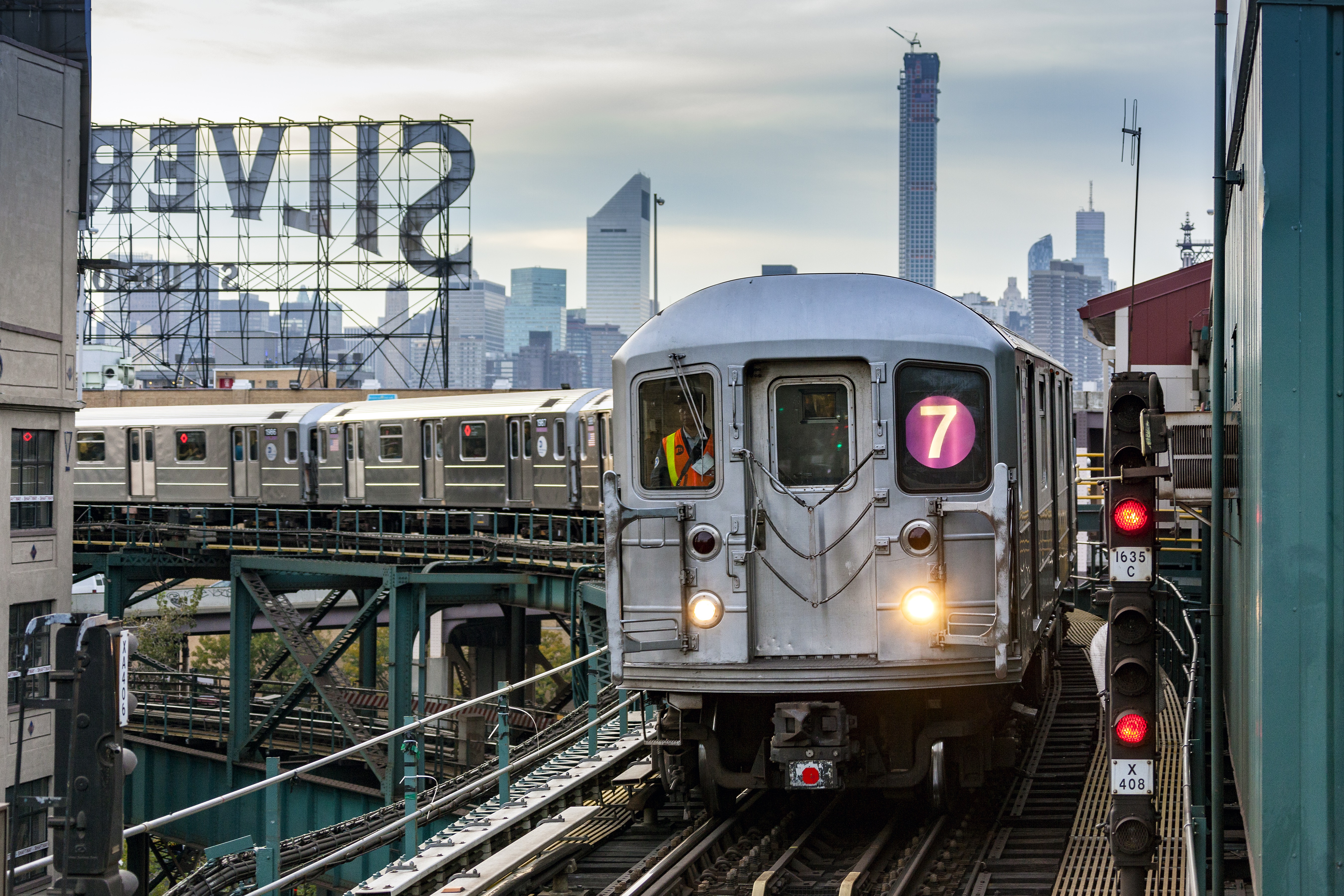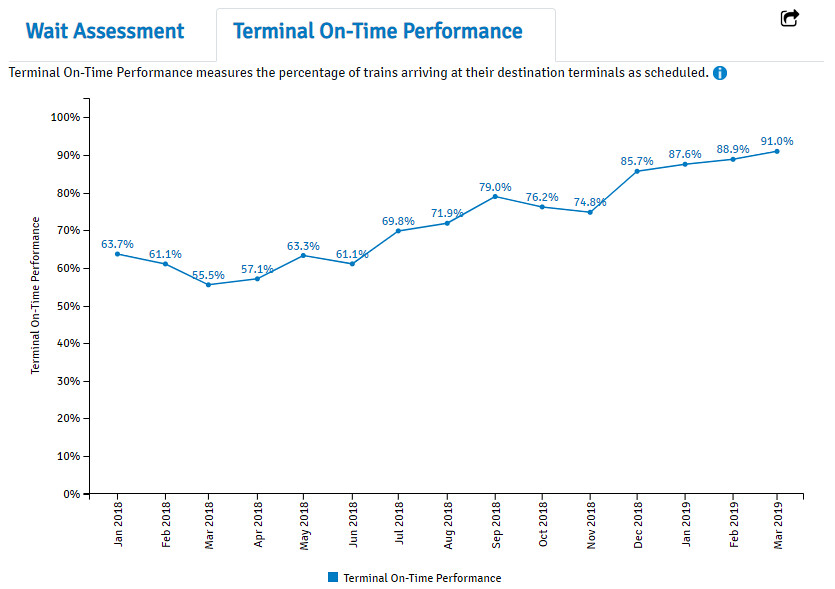
iStock
May 10, 2019 By Christian Murray
The MTA announced yesterday that it has completed another technological upgrade to the 7 line that it believes will result in faster and more reliable service.
The latest upgrade, called “Automatic Train Operation,” will see trains programmed to a provide optimal cruising speeds, acceleration and braking that will lead to evenly spaced service and smoother, faster trips, according to the MTA.
Operators will continue to instruct the train to depart a station, make sure that tracks are clear throughout the ride, and control emergency braking in the case of obstacles.
The 7 line is now the second train line to have the technology, after the L. All other lines rely on operators to control a train’s acceleration, cruising speed and braking.
“I am tremendously proud and excited to announce that New York City Transit train operators are now running the entire Flushing Line using automatic train operation, which will make trips smoother and faster for all our customers on that line” said NYC Transit President Andy Byford in a statement.
The latest 7-train upgrade comes just months after the completion of the signaling system called Communications Based Train Control (CBTC), which the MTA says has already led to dramatic increases in on-time performance and other metrics associated with good service.
The MTA said that service on the 7 train has undergone a dramatic improvement since CBTC was installed in December 2018.
The agency said that on-time performance numbers have gone from 75 percent the month before CBTC was installed to 91 percent in March 2019. A year ago, in March 2018, on-time performance was at 56 percent.
The number of trains per hour on the line during peak hour has gone up to 29, from 25-27, providing service for an additional 2,400 to 4,800 people per hour.
The MTA said that the L train, which has the CBTC system, and the 7 train have the best performance in the system.
“It’s no coincidence that the two lines with CBTC and ATO have the best performance in the system, and we’re excited about what the future may bring as we explore emerging additional technologies such as ultra-wideband communications, which could revolutionize the way we modernize the system, as envisaged by our Fast Forward plan.”

Courtesy of MTA






